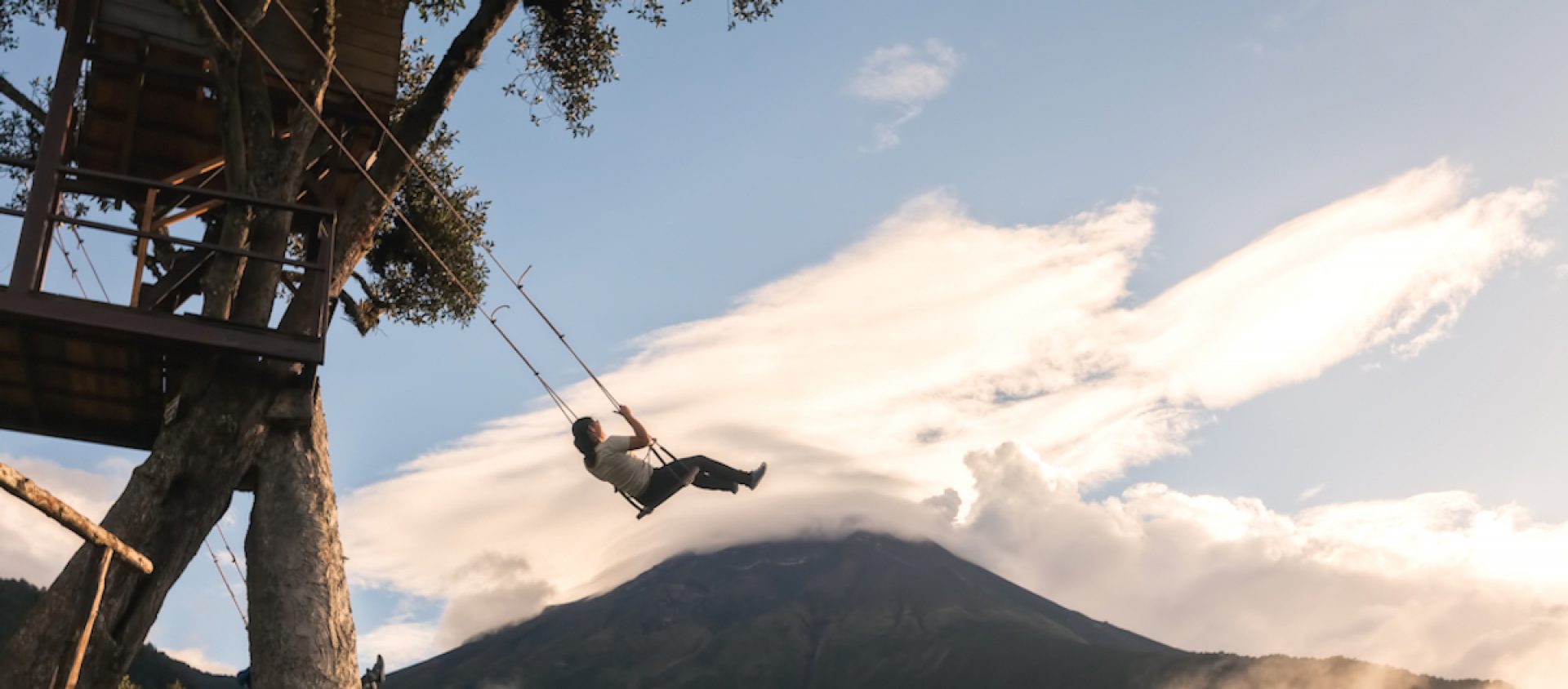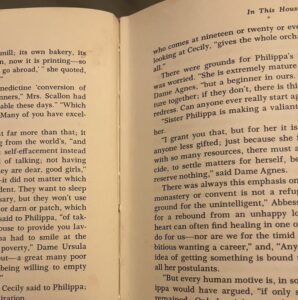I hit 90 last night! But I don’t know why.
Okay, lemme explain.
Six or seven years ago I got a Fitbit for Christmas. Not one of the fancy ones–mostly what I wanted was a wearable pedometer. But by the time I adopted the technology, my Fitbit would tell me all sorts of things about my heart rate, my exercise level, my oxygenation, and yes, my sleep. And I got the Fitbit at about the same time that I began to look at the correlation between sleep and brain health, especially in later life. And six years ago, my sleep scores were… not stellar. Fitbit grades on a 1-100 scale, based on time spent awake and asleep, time spent in each sleep stage (light, deep, REM and awake… which I would not have thought was a sleep stage, but there you go), movement during sleep, and sleeping heart rate. I don’t think I’ve ever gone below 60; the 70s are “fair,” and the 80s are “good.”
If families have mythologies of their own (they do) one of the roles I played, and was weirdly proud of, was “the last person to turn out her light.” This probably grew out of my childhood difficulty in going to sleep–once I was broken of thumb-sucking, anyway. Most nights I would crawl out of bed and sit in the window of my bedroom to read by the streetlight–until my mother discovered that I was ruining my eyes this way. At that point she said “Okay, read until you’re tired, then turn out your own (subvocalized) **damn** light.” From that point on, I usually read until midnight, even as late as 2am. Given that I had to be up at 7 or for to school, I don’t know how I survived. But I did. In fact, throughout most of my adult life I got by on 5-6 hours of sleep a night (with occasional weekend sleep orgies of 10 hours… and that ended when I had kids who wanted my attention regardless of what I wanted).
This, I now know, is not healthy. So for the last six years I have been working on a conversion of manners: I now go to bed around 10pm most nights, read for a while, and (if all goes well) am asleep by 11. Over those last six years I have trained myself to fall asleep faster–breathing techniques, lavender pillows, temperature checks, light-blocking curtains, no screens before bed, reading soporific material–you name it, I’ve tried it. I have worked out a system of sorts, and I am pleased to say that my sleep scores are now almost always in the 80s. Sometimes even in the upper 80s.
But last night I hit 90. Excellent.
I feel like I should get an award. If I could figure out what I did last night to attain excellence I would do it every night. So I checked the statistics.
Last night slept for 7 hours and 13 minutes. I was awake for a total of 31 minutes in tiny increments. I had an hour and 51 minutes of REM sleep. I totaled 4 hours and 22 minutes of light sleep, and 59 minutes of deep sleep. My oxygen variation was low, and my sleeping heart rate was 59. Fitbit only detected movement during 2% of my sleep. That accounts for a 90.
A week or so ago, I slept for 7 hours and 14 minutes. I was awake for 17 minutes, clocked an hour and 27 minutes of REM sleep, 5 hours and 3 minutes of light sleep, and 44 minutes of deep sleep. My oxygen variation was low, but my sleeping heart rate was 69! And I was restless about 5% of the night. My score for that not-terribly-different night? 83.
So what do I learn from all this? A lot of the things that affect my sleep I cannot directly influence. How often I’m awake seems to be a function of whether I’m comfortable, and while I strive to be, obviously in the middle of the night sometimes I’m not. Maybe I’m thinking too much. I cannot, as far as I know, control the quantity of REM sleep I get. Or my sleeping heart rate. Dammit, there are too many variables.
I will note that yesterday we went to see a screening of the Stephen Sondheim musical Merrily We Roll Along (it’s terrific) and I know that the music inserted itself into my dreams. Maybe the secret to upping my sleep score is musical theatre?
Stranger things have happened.

 I am re-reading a book that was published in 1969 (Rumer Godden’s In This House of Brede*). As I was enjoying the things that go along with a re-read (the comfort of a known plot which allows you to sink into the characters, renewed enjoyment of the writing, discoveries of things you slid past on the first readings) I realized that I was also reminded of the way the books of my youth were made, which is different from the way they are generally made today. Lemme ‘splain.
I am re-reading a book that was published in 1969 (Rumer Godden’s In This House of Brede*). As I was enjoying the things that go along with a re-read (the comfort of a known plot which allows you to sink into the characters, renewed enjoyment of the writing, discoveries of things you slid past on the first readings) I realized that I was also reminded of the way the books of my youth were made, which is different from the way they are generally made today. Lemme ‘splain. Until the advent of paperbacks, books (almost all, at least in the Western world) were sewn. In the photo on the right you can see the stitches at about 1″ intervals. (
Until the advent of paperbacks, books (almost all, at least in the Western world) were sewn. In the photo on the right you can see the stitches at about 1″ intervals. (